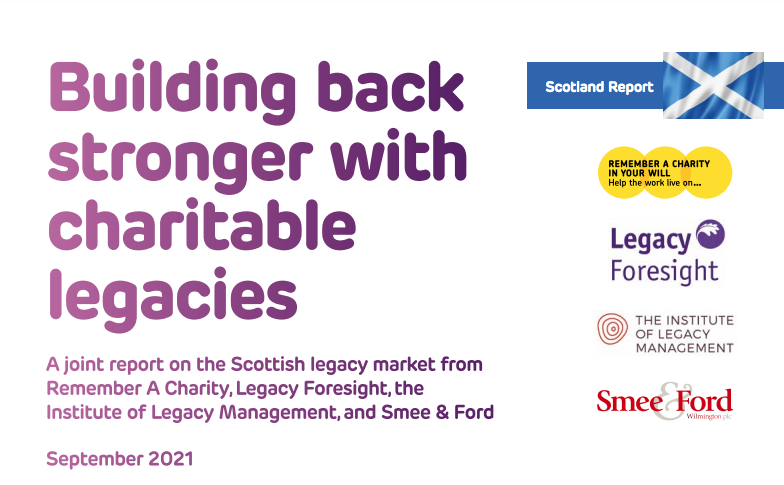Legacy income low but rising for arts organisations, says report
Legacy income among UK arts organisations remains low but is on the rise with more organisations reporting significant annual totals, according to the Legacy Fundraising in the Arts 2016 report from Arts Quarter and Legacy Foresight.
The report compares its findings with the 2010 joint report, and is compiled from the survey responses of 116 organisations. It shows that two fifths of the arts organisations surveyed in 2016 (38%) had received gifts in wills over the last three years: a figure directly comparable to 2010. Two thirds of those organisations had received less than five bequests over that period while 80% had received less than 10, again very similar to the 2010 findings according to the report.
Of the 38% of respondents receiving gifts in wills, 70% earned less than £25,000 per annum in legacy income. However the survey suggests that slightly more organisations are now achieving significant legacy incomes. Over the last three years, five organisations received income averaging £250,000 or more a year, representing 12% compared to 5% in 2010, while one averaged over £1 million a year.
In the last three years, ten of the arts organisations that took part in the survey received gifts over £100,000 – receiving 20 such gifts in total. Two-fifths of those surveyed were left assets in people’s wills: primarily artistic assets such as artworks or archive materials. On average, two thirds of the people leaving a bequest to arts organisations were known supporters.
Only two-fifths of those surveyed promoted legacy giving however, as was the case in 2010. Large arts charities, with a turnover of £1m+), were the biggest legacy promoters (58% vs. 40% overall) with lack of capacity, resources, and other priorities the main reasons given for not promoting legacy giving.
Legacy fundraising & promotion
Half of the arts organisations that did promote legacy giving reported that they had no budget allocated to legacy fundraising in their current financial year, while half of those that did have budget had £2,500 or less available to them and only 8% spent more than £5,000 a year on legacy marketing.
Since 2010, the survey showed a growth in legacy promotion on arts organisations’ websites and inclusion in general email marketing, with a decline in the use of postal campaigns. Compared to 2010, there has also been a decline in face-to-face approaches (32% vs. 19%) but an increase in legacy events (14% vs. 23%).
For the first time this year, the survey asked arts organisations for their top three priority targets for legacy fundraising, revealing a focus on individual donors, particularly those giving more than £1,000 a year (77%). Other high priorities were members (47%), audiences (40%) and trustees and other senior volunteers (53%). Web and on-site visitors were seen as secondary targets, with little emphasis on the public at large, or on general volunteers.
However, while legacy fundraising was low, the report shows that it may be beginning to rise with several of those surveyed about to start implementing a legacy promotion strategy and activity for the first time. Just over a quarter felt it would be significant or very significant, with a third seeing it as an emerging activity that would play a key role in the next five years.
Advertisement




